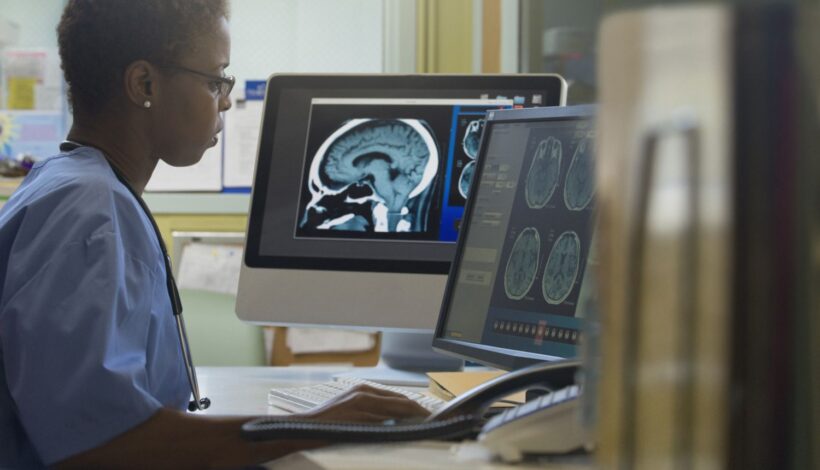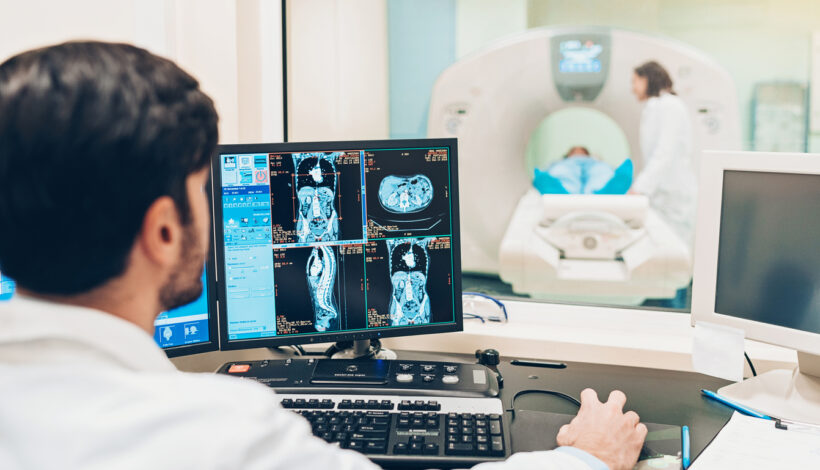The quality of a radiology department and the workplace atmosphere within it are crucial factors that can significantly impact patient care, staff satisfaction, and overall performance. Here are some key aspects to consider for maintaining high-quality radiology services and fostering a positive workplace atmosphere:
Leadership and Management: Effective leadership and management are essential for creating a supportive and productive work environment. Strong leadership promotes clear communication, teamwork, and accountability, while fostering a culture of continuous improvement and innovation.
Staffing and Workload Management: Adequate staffing levels and efficient workload management are essential for maintaining high-quality radiology services. Ensuring appropriate staffing ratios, workload distribution, and scheduling practices help prevent burnout, maintain staff morale, and optimize productivity.
Training and Continuing Education: Investing in staff training and continuing education programs is essential for keeping radiology professionals updated on the latest technologies, techniques, and best practices. Providing opportunities for skill development and career advancement enhances staff satisfaction and contributes to high-quality patient care.
Quality Assurance and Performance Monitoring: Implementing robust quality assurance programs and performance monitoring mechanisms helps ensure the accuracy, reliability, and safety of radiology services. Regular audits, peer reviews, and feedback mechanisms enable identification of areas for improvement and adherence to established quality standards.
Patient-Centered Care: Prioritizing patient-centered care involves creating a welcoming and empathetic environment for patients, ensuring their comfort, privacy, and safety throughout the imaging process. Effective communication, patient education, and responsiveness to patient needs contribute to a positive patient experience and improved outcomes.
Technology and Infrastructure: Up-to-date technology and well-maintained infrastructure are essential for delivering high-quality radiology services. Investing in modern imaging equipment, IT systems, and facility upgrades enhances diagnostic accuracy, efficiency, and patient satisfaction.
Collaboration and Interdisciplinary Care: Promoting collaboration and interdisciplinary care fosters teamwork and coordination among radiology staff, clinicians, and other healthcare professionals. Multidisciplinary meetings, case conferences, and shared decision-making processes optimize patient management and outcomes.
Work-Life Balance and Wellbeing Initiatives: Supporting work-life balance and employee wellbeing is vital for preventing burnout and promoting staff retention and satisfaction. Offering flexible work arrangements, wellness programs, and mental health support services demonstrates organizational commitment to staff welfare.
By prioritizing these aspects, radiology departments can cultivate a culture of excellence, collaboration, and compassion, resulting in high-quality patient care and a positive workplace atmosphere for all staff members.
![]()


